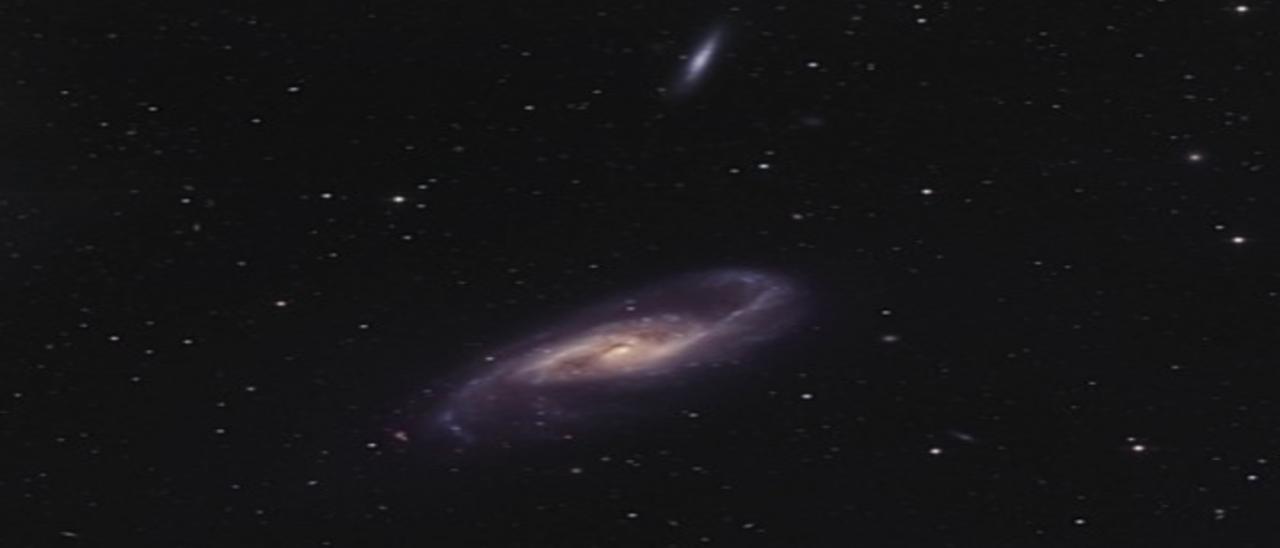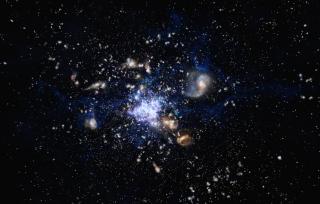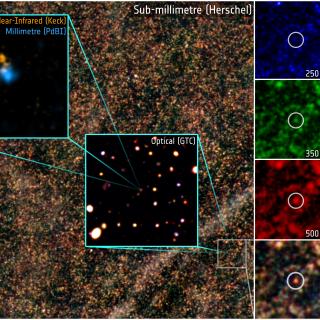Subvenciones relacionadas:
General
Nuestro grupo pequeño esta bien conocido y respetado internacionalmente por nuestro trabajo inovativo e importante en varios aspectos de la estructura y la evolución de las galaxias espirales cercanas. Usamos principalmente observaciones en varias longitudes de onda, explotando las sinergías que nos permiten responder a las cuestiones más pertinentes sobre las propiedades principales de las galaxias, y cómo las galaxias han evolucionado hasta su actual estatus. Usamos imagenes y espectroscopía, en el ultravioleta, óptico, infrarrojo, milimétrico y radio, usando al máximo las facilidades de observación a nuestra disposición en España, en la ESO y en otros sitios, combinando los datos con herramientas de análisis modernas. El éxito de esta forma de trabajar se puede medir de las oportunidades de trabajo que se presentan a los que fueron miembros del grupo, del número y de la calidad de las colaboraciones con científicos importantes, de las citas a nuestro trabajo, y de las invitaciones para organizar o hablar en los congresos más importantes en el campo.
En los últimos años nuestro grupo ha puesto mucho énfasis en abrir nuevas lineas de investigación conjuntas con informáticos, considerando el cambio de paradigma que está por venir debido a las enormes cantidades de datos que pronto producirán telescopios como LSST, Euclid, y SKA. Colaboramos con informáticos en la preparación de herramientas de análisis, incluyendo para la detección de estructura a partir del ruido, la corrección para la luz dispersa y el cirro de nuestra Vía Láctea, y el uso de técnicas basadas en machine learning. Así, una vez los telescopios LSST (2020) y Euclid (2023) empiezan a producir sus juegos de datos enormes, nuestro grupo estará preparado para analizarlos y extraer la ciencia.
Miembros
Resultados
- A partir de mapas térmicos y non-térmicos en radio del centro de NGC 1097 hemos descubierto que la formación de estrellas masivas se apaga por efectos non-térmicos, incluido la presión del campo magnético, rayos cósmicos y turbulencia.
- En el centro de NGC 7742 hemos detectado un disco interno y dos componentes estelares: una población vieja que contra-rota con el gas, y una joven, concentrado en un anillo, que rota con el gas.
- Hemos re-analizadas nuestras imágenes profundas IR de discos gruesos para corregir por el point spread function (PSF) extendido, confirmando todos nuestros previos resultados y en particular confirmando la presencia de una masa significativa en el componente del disco grueso.
- Analizando un mapa nuevo a alta resolución en el radio continuo a 1.5 GHz de e-Merlin, junto con imágenes de HST y SDSS de NGC 5322, una galaxia elíptica que contiene chorros en radio, hemos encontrado que un chorro de baja luminosidad puede haber acabado con la formación estelar en el nucleo.
- A partir de observaciones con MUSE de la emisión Lyman-α a bajo brillo superficial alrededor de galaxias débiles a redshifts entre 3 y 6 hemos encontrado que la cobertura proyectoada en el cielo se aproxima al 100%.



